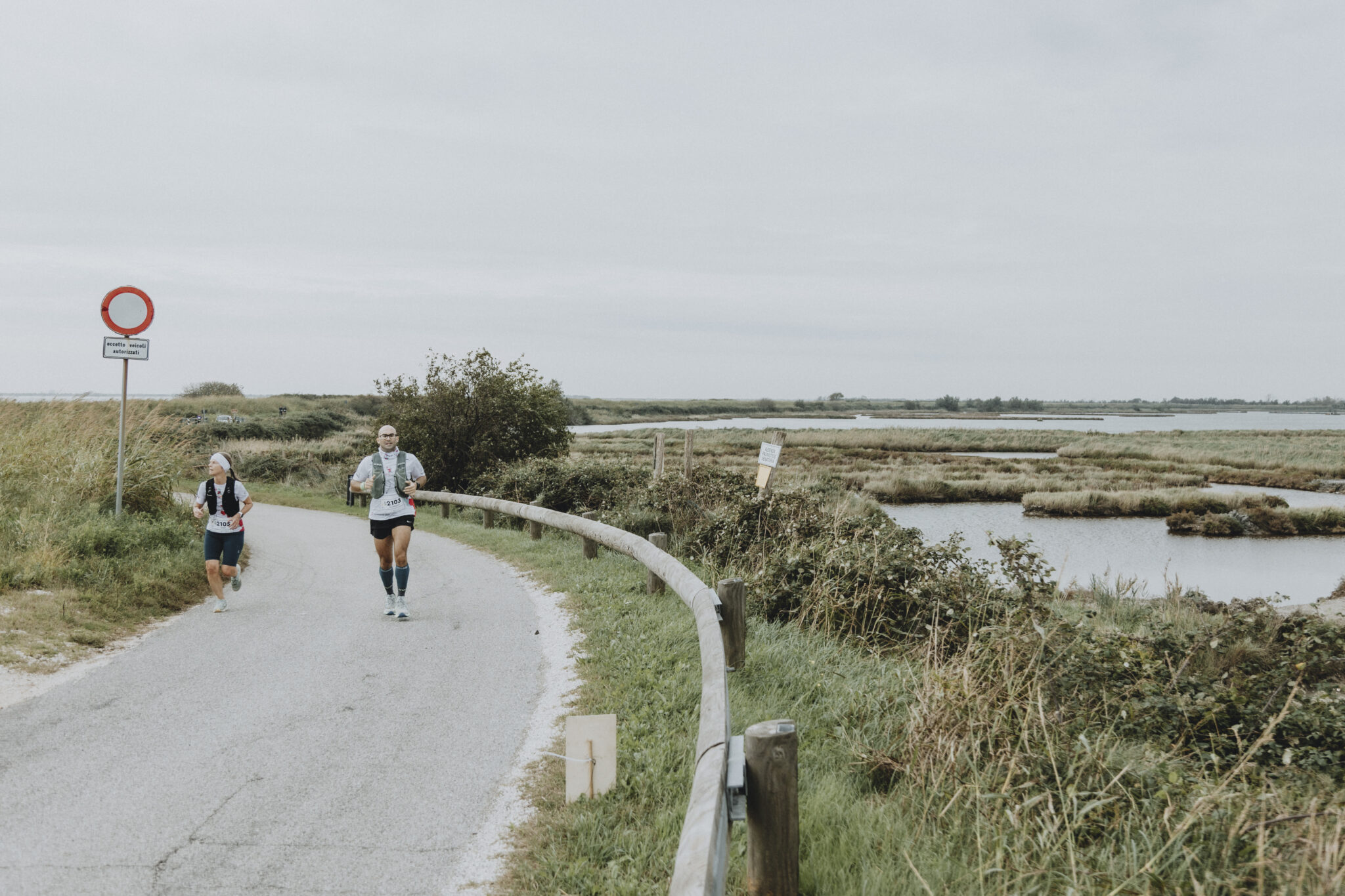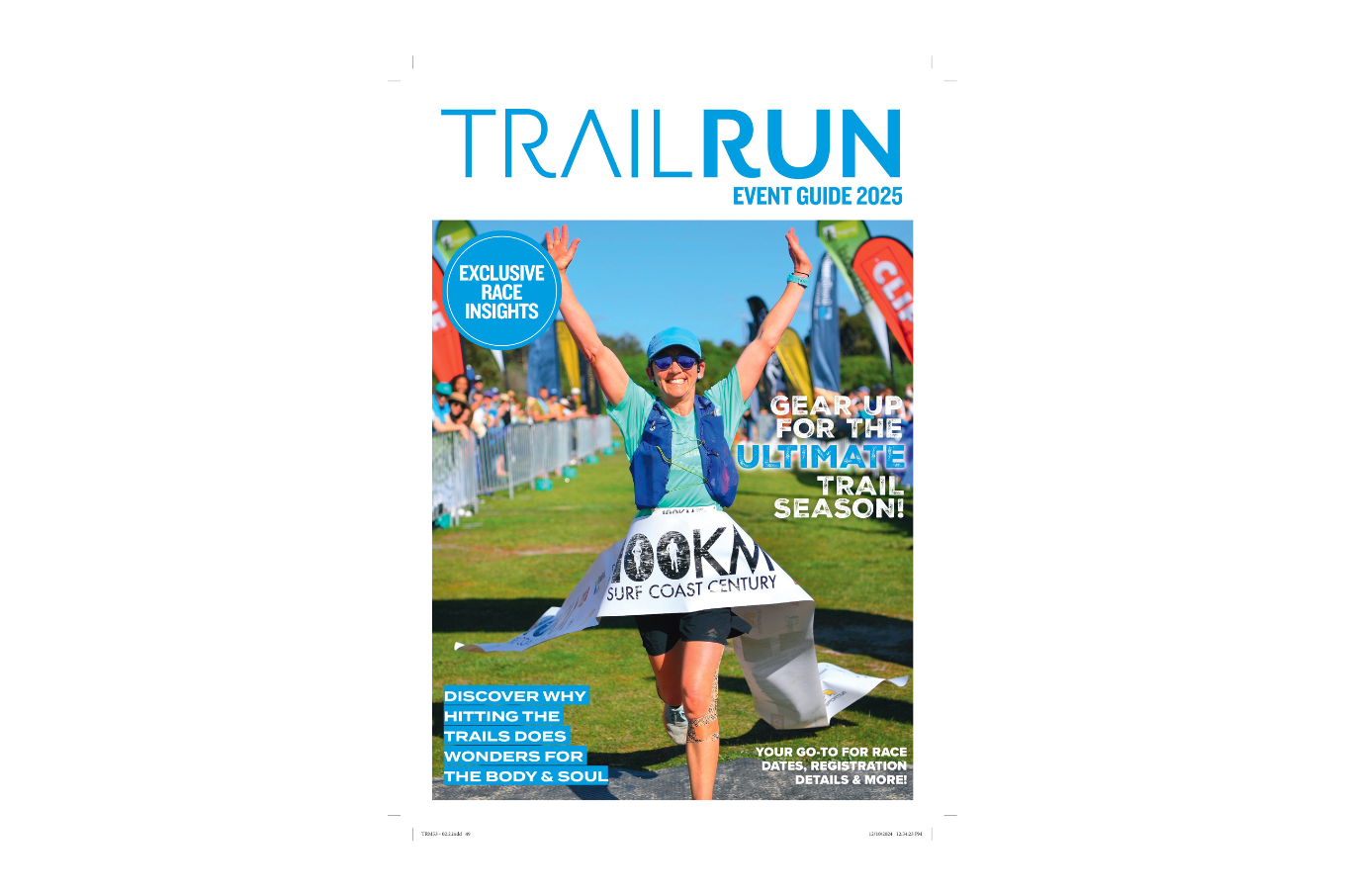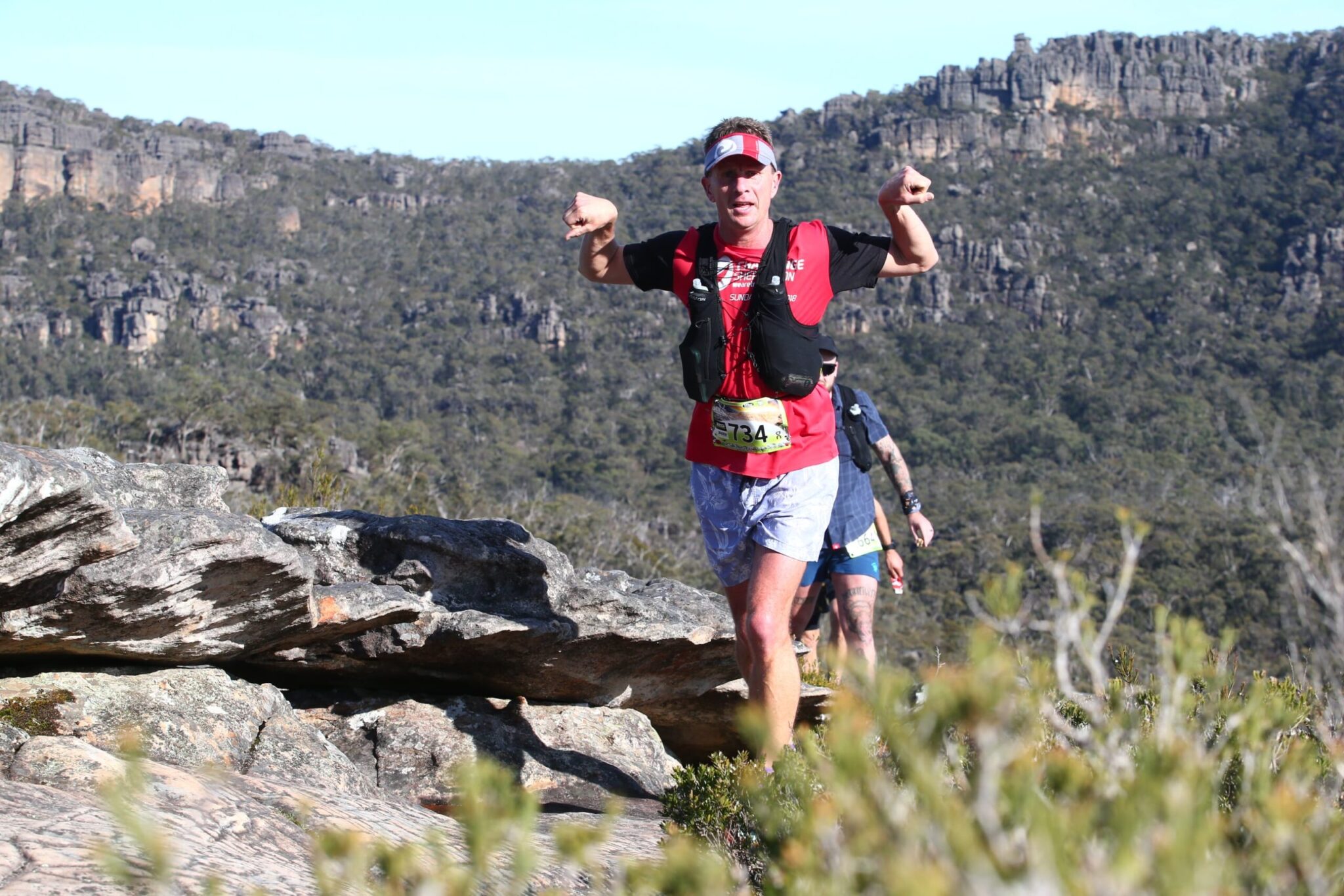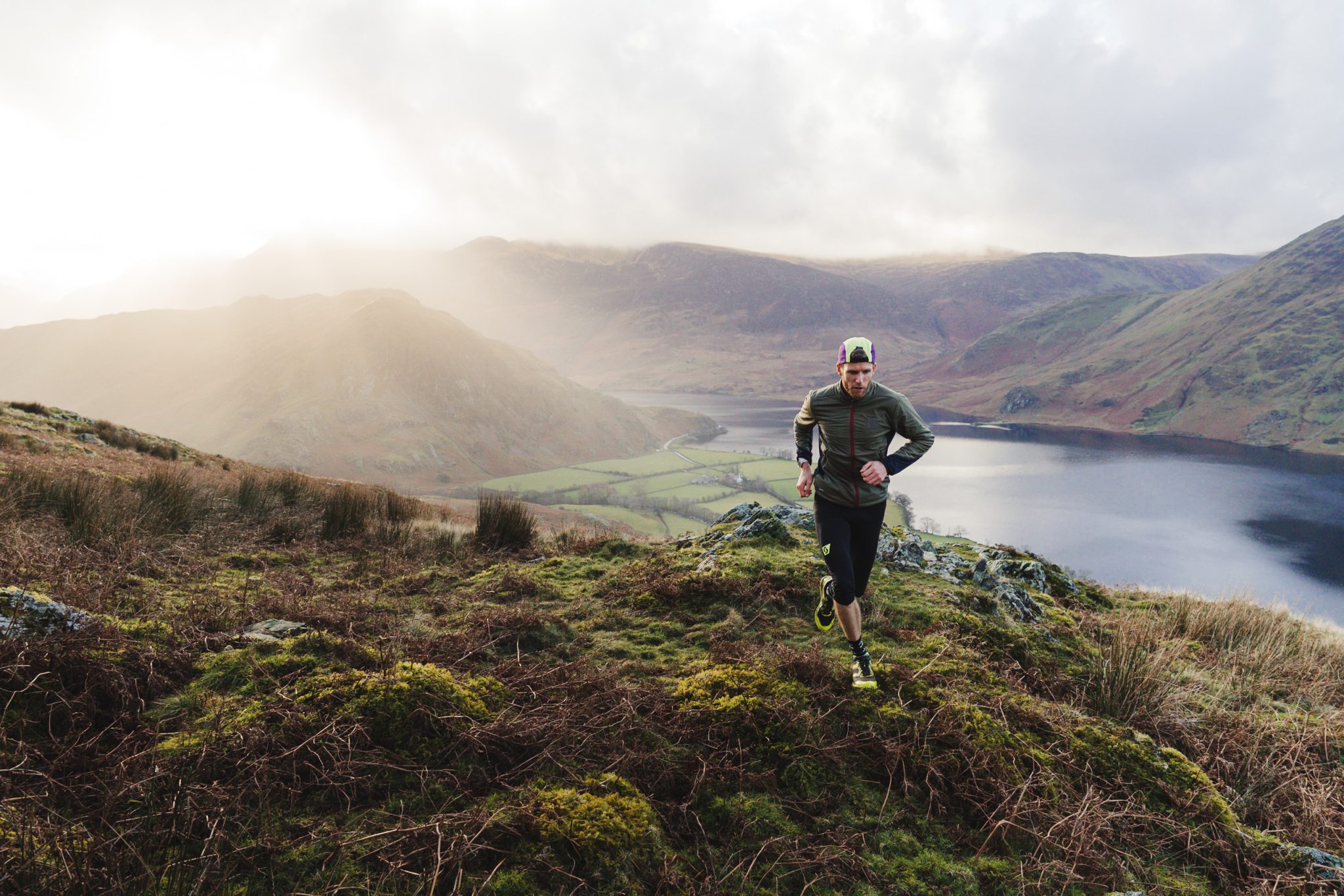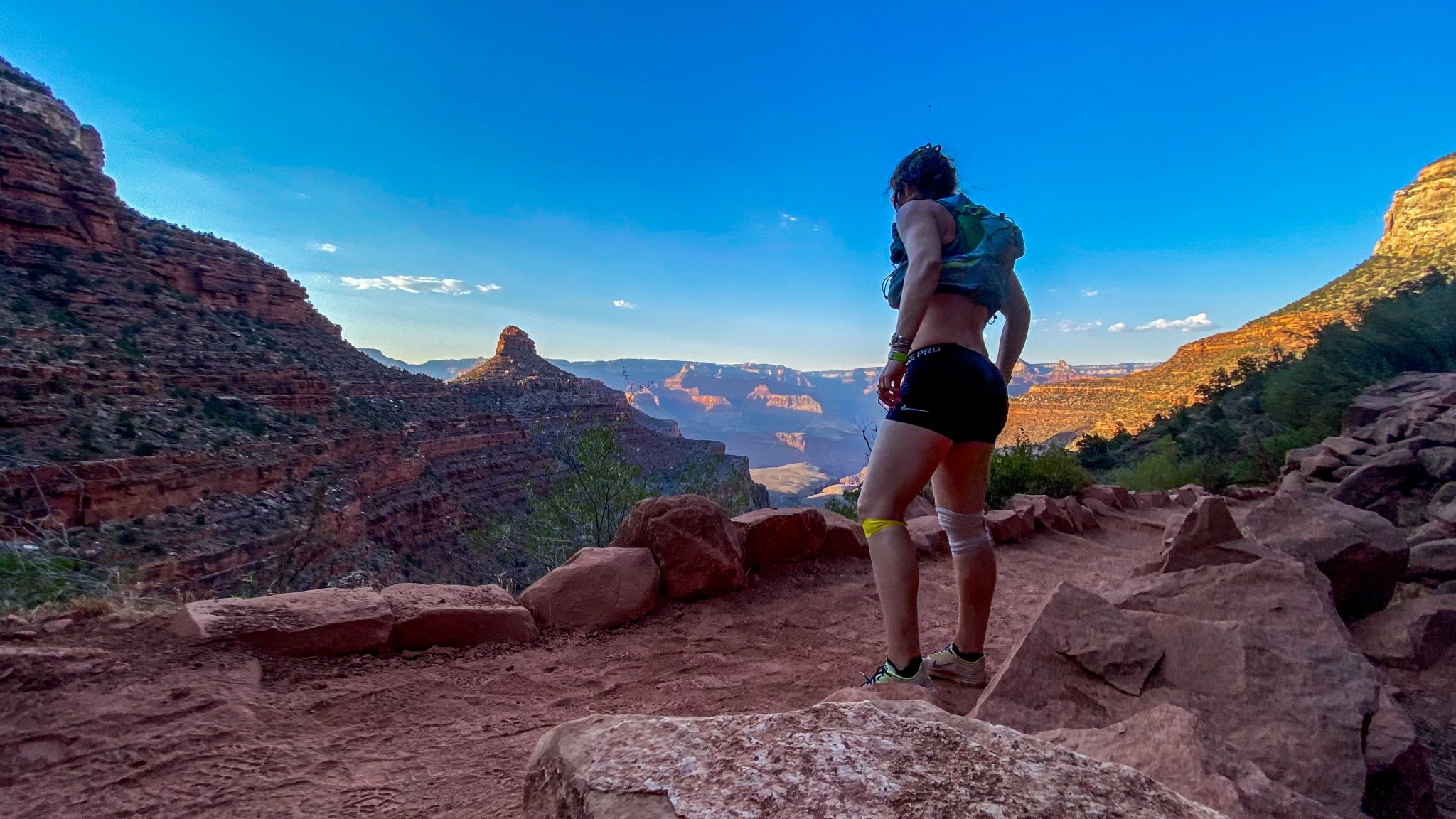Ultra Trail Australia - a look back
Special trail envoy, Roger Hanney, takes a look back at how Ultra Trail Australia came to be the biggest trail running outing in the Southern Hemisphere and the second biggest on the planet. IMAGES: Kamil Sustiak
Most sane people would run a mile at the thought of racing 100 kilometres on foot. But that distance is the main event at a multiday trail running festival in the Blue Mountains, west of Sydney, across the third weekend of May.

Ultra-Trail Australia began in 2008 as a single distance ultramarathon, sponsored by an international adventure clothing brand and sending runners on a gigantic loop of walking trails through an internationally significant World Heritage Area just two hours from Australia’s biggest city. With support from 25 State Emergency Service volunteers and just 4 organising staff, almost 160 runners started and barely 130 finished.
But over the last decade, a global boom has taken place across three sporting fronts – trail running, distance running, and women’s running. Embracing this wave of interest as much as they have locally contributed to its growth, the production team behind the race have built an event that now goes for 4 days. Known to participants and spectators as UTA, the festival now features 5 different distances and hosts almost 7,000 runners supported by over 800 volunteers and a fulltime event staff of 40.

Race Directors Tom Landon-Smith and partner Alina McMaster are well-known as champion adventure racers, and fans and proponents of extreme endurance challenges. Their company AROC Sport has hosted everything from inspirational kayaking weekends for kids to national mountain biking championships. She calls him a painstaking perfectionist. He says she’s the one who really gets things done.
Asked to explain the growth of something that began as a tiny group of runners shivering in the deep, cold darkness of a mountain morning and wondering whether any of them would even reach the finish line, Landon-Smith leans on his love of travel.
“Most countries measure success by GDP, but Bhutan measures success by happiness in the country,” a big childish grin hides the monumental scale of his and McMaster’s achievement. “UTA measures success like Bhutan.”
In 2019, the event will attract over 12,500 spectators to cheer competitors across the finish line at Scenic World – itself Australia’s most heavily visited privately operated tourist destination – and injected an estimated $12.5M into the local economy.

Globally, the only comparable festival to attract greater participation is known to trail runners as UTMB, a shortening of Ultra-Trail du Mont Blanc. For a full week, this festival completely dominates the alpine French town of Chamonix. It culminates in a field of 2,500 runners attempting a 160km circumnavigation of Europe’s tallest mountain, Mont Blanc. After five days of shorter challenges and with 10,000 metres of climbing, this final event – the fearsome 100-miler – invariably crushes the dreams of many who attempt it.
But UTMB also features all of the biggest global names in the growing sport of ultra-trail, and to compete is to chase a degree of prestige conferred by only a handful of trail races. Ultra-Trail Australia is partnered to UTMB through its membership of the Ultra-Trail World Tour – an expanding partnership of tough, scenic, and professionally organised mountain races around the world. Like UTMB, UTA has been visited by athletes so exceptional that their names have transcended the relative obscurity of their sport – Everest record holder Kilian Jornet, American running legend Dean Karnazes, and South African adventure runner, Ryan Sandes.
But McMaster and Landon-Smith have built their dream on something bigger than celebrity.
“It’s a profoundly life-changing experience,” says McMaster. “I mean, 100 kilometres is such a long way to run. But all you need to get started is a pair of shoes, pick a distance that’s a difficult but achievable challenge, and each year move up to the next one.”
By gradually adding options to run 50km, 22km, and now a very steep 11km – imagine climbing a 350-storey building – over the years, the event team have steadily introduced generations of experienced and new runners to the thrill and fatigue of mountain trails. Runners and spectators alike widely cite an evocative pre-dawn traditional welcome from elders of the Gundungurra nation as one part of a total experience at least as transformative as it is competitive.

Extreme distance running has traditionally been a more male-dominated sport featuring a degree of chest-pounding, but the choice to create opportunities for participation has brought UTA a massive variety of eager participants. Many are attempting their first trail race. Even more are running beyond marathon distance – 42.2km – for the first time. And across all distances, in a figure that makes UTA organisers proud of the festival’s evolution, there are now as many women competing as men.
McMaster remembers personally moving moments – like being 8 months pregnant twice on race day, the race leaders who crossed the line hand in hand for the first sub-10-hour finish in its third year, the 50km finish by one-legged Winter Olympic gold medallist Michael Milton, and the athlete who carried her mandatory survival equipment the full length of the 100km course in plastic shopping bags rather than use one of the increasingly high-tech lightweight backpacks on offer.
She also welcomes a new era of growth and professionalism in the sport. Just last year, she and Landon-Smith completed the sale of UTA to IRONMAN, a sports brand famed for epic triathlon but more importantly the world’s biggest event production company. This year one of the event’s brand partners is a sports clothing label called Aussie Grit. Aussie Grit was founded in 2018 by Aussie Formula One legend Mark Webber. And surveying chat rooms and social media, many trail runners feel it is only a matter of time until the sport features at some distance in Olympic competition.

“Even with the growth of the event,” says McMaster, “the stars that come to race, and everything just becoming bigger and more exciting each year, the runners continue to be grateful, friendly, and supportive. The community is supportive no matter if you’re just beginning or well on the way. There really is no other community like it.”
Ultra-Trail Australia – May 16-19, 2019 – Katoomba, Blue Mountains, NSW, Australia
THE STATS:
- Total runners: 6700 (50/50 male/female split)
- UTA100 -1500 runners, sold out in 3 days
- UTA50 – 2100 runners, sold out in 3 hours
- UTA22 – 2100 runners, sold out in 22 hours
- UTA11 – 600 runners, new race distance for 2019
- Injinji 1km-4-Kids – 400 starters
Key event timings:
Thursday 16 May 2019
UTA Event Expo – 12pm – 7pm
UTA11 race starts – 1pm – 2pm
Friday 17 May 2019
UTA Event Expo – 10am – 8pm
UTA22 race starts – 10:40am
Saturday 18 May 2019
UTA100 race starts – 6:20am – 7:54am
UTA50 race starts – 6:32am – 8:02am
www.ultratrailaustralia.com.au

